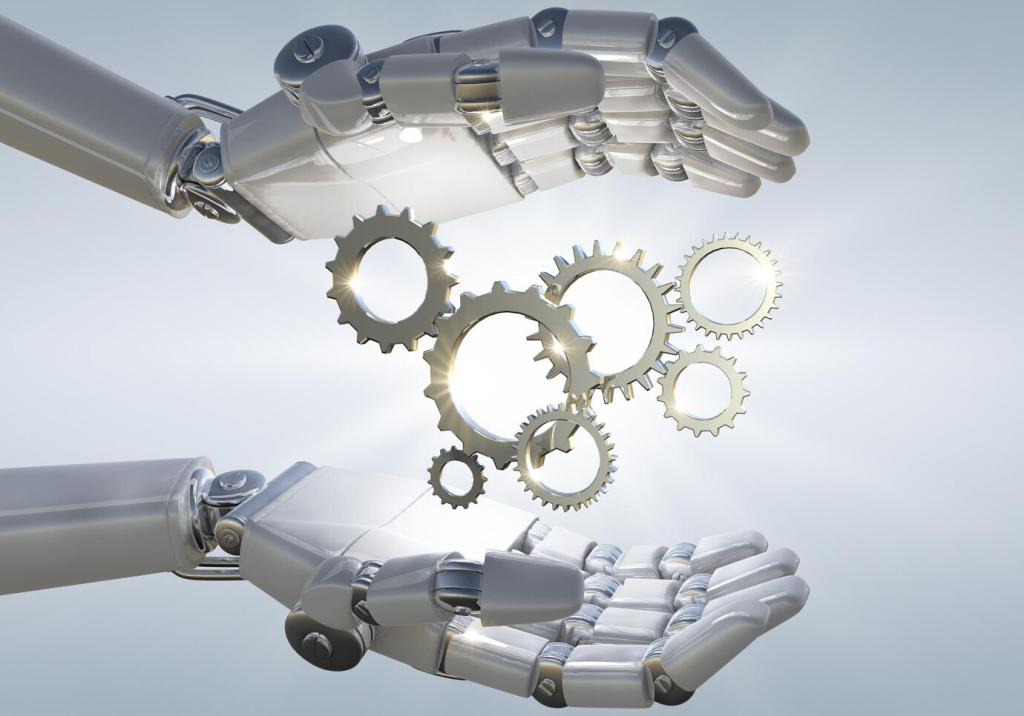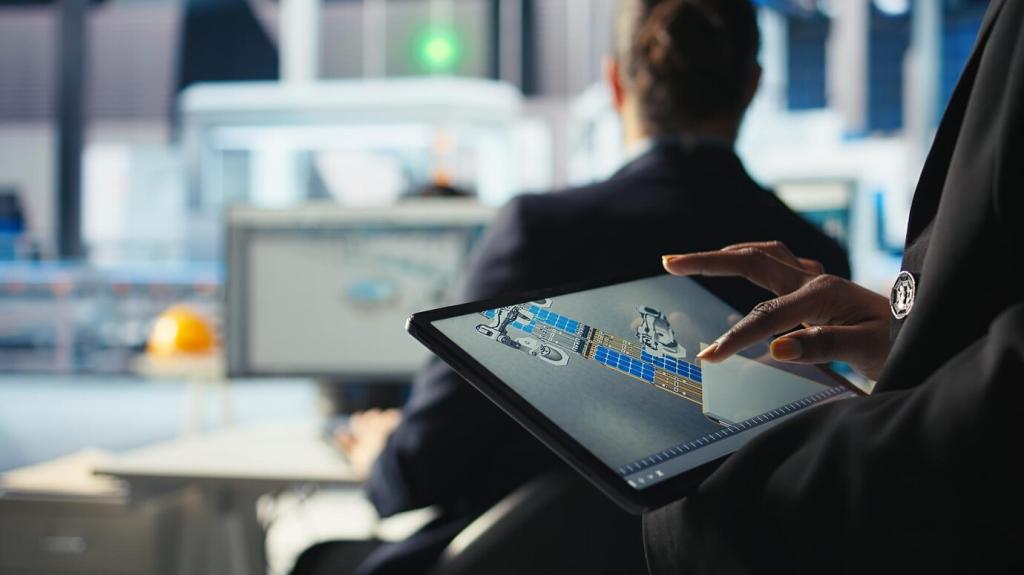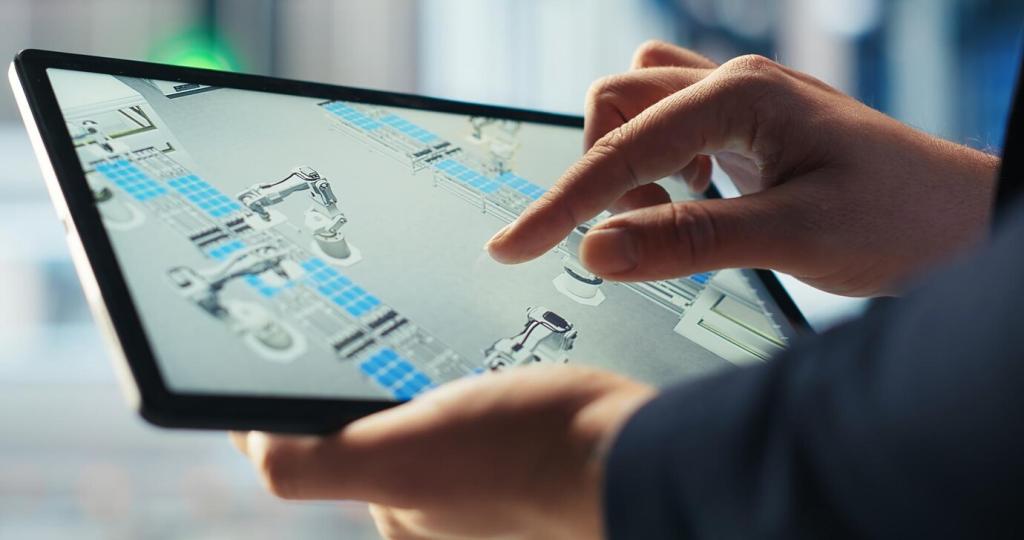
Integrating AI and IoT in Smart Homes
The convergence of artificial intelligence (AI) and the Internet of Things (IoT) is fundamentally transforming the concept of smart homes. By leveraging intelligent algorithms and interconnected devices, households are evolving into responsive, intuitive ecosystems that anticipate and cater to residents’ needs. This synergy is not only enhancing comfort and convenience but also driving greater efficiency, sustainability, and security within the household environment. As smart homes continue to mature, the integration of AI and IoT promises to redefine daily living, setting new standards for technology-driven lifestyles.

Connected devices form the foundational layer of any smart home ecosystem. These gadgets, such as thermostats, lighting systems, security cameras, and appliances, communicate over wired or wireless networks, collecting and exchanging data in real time. By employing IoT, these devices gather crucial information about user behavior and environmental factors, creating a comprehensive network that can be centrally managed or accessed remotely. This connectivity paves the way for intricate automation, where devices can collaborate to execute complex routines without manual intervention, setting the stage for intelligent automation driven by AI.

Artificial Intelligence acts as the cognitive layer that interprets data and orchestrates actions within the smart home. It leverages machine learning algorithms to identify usage patterns, predict preferences, and automate responses based on real-time insights. AI not only processes the vast streams of data produced by IoT devices but also enhances the system’s adaptability, learning from user feedback and evolving to suit individual lifestyles. This dynamic intelligence transforms static automation into a truly responsive ecosystem, where homes proactively address comfort, security, and energy efficiency.

For a smart home to realize its full potential, seamless interoperability between diverse devices and systems is essential. AI and IoT integration enables unified platforms where disparate brands and technologies communicate without friction. Through standard protocols, APIs, and intelligent hubs, these technologies synthesize data from various sources, offering users a cohesive, streamlined experience. The result is a harmonized environment where technology becomes invisible, allowing residents to interact with their homes naturally and intuitively.
Intelligent Automation and Personalization
Context-Aware Automation
Intelligent automation ensures that smart home systems are acutely aware of their context and surroundings. By analyzing data from a multitude of sensors—such as temperature, occupancy, lighting, and air quality—AI algorithms can determine optimal settings for comfort and efficiency. For example, heating and cooling systems may adjust based on actual room occupancy and the time of day, rather than following rigid schedules. This responsiveness not only fosters greater convenience but can lead to significant energy savings and enhanced comfort throughout the home.
Personalized User Experiences
Personalization is at the heart of a modern smart home. AI leverages historical data and real-time feedback to tailor experiences to each resident’s preferences. Whether it’s adjusting lighting to a favorite hue, playing personalized playlists upon entering a room, or pre-setting morning routines based on sleep patterns, intelligent systems learn and adapt continuously. The ability to differentiate between household members and remember their unique habits turns the home into an attentive assistant, capable of subtly anticipating and fulfilling individual desires without prompting.
Predictive Analytics for Everyday Life
AI-powered predictive analytics transform mundane routines into proactive engagements. By forecasting needs—such as replenishing groceries when supplies run low or scheduling maintenance for appliances showing early signs of wear—AI minimizes disruptions and elevates daily living. Predictive models not only react to immediate data but also use historical trends to fine-tune future actions. Residents benefit from reduced friction in their routines, fewer surprises, and a sense of effortless control over their environment.
Enhancing Security and Privacy
AI and IoT-enabled security systems represent a significant advancement over traditional solutions. Smart cameras equipped with AI-driven image recognition can distinguish between familiar faces and strangers, detect suspicious behavior, and send real-time alerts to homeowners or authorities. Door locks and alarms seamlessly integrate with occupancy sensors, automatically securing the home when residents leave or retire for the night. These adaptive systems learn the household’s routines, minimizing false alarms while maximizing responsiveness to genuine threats.

